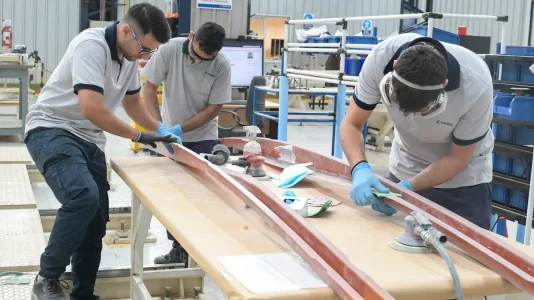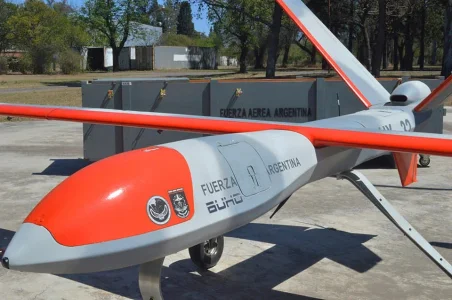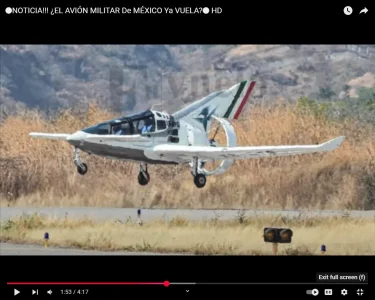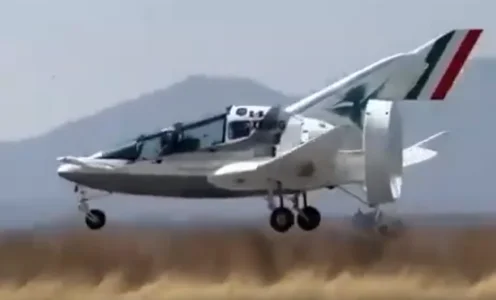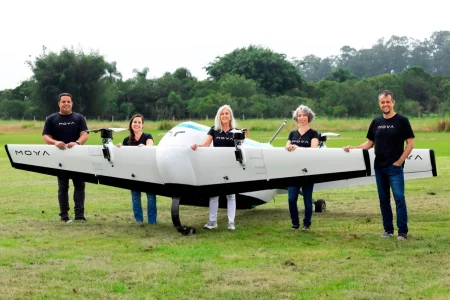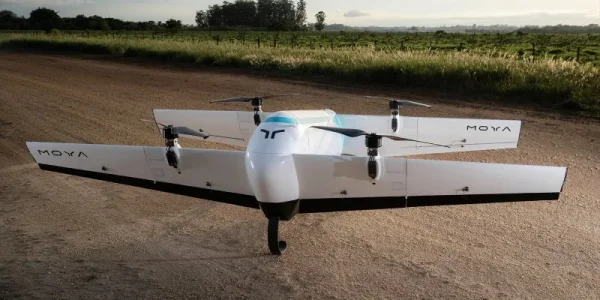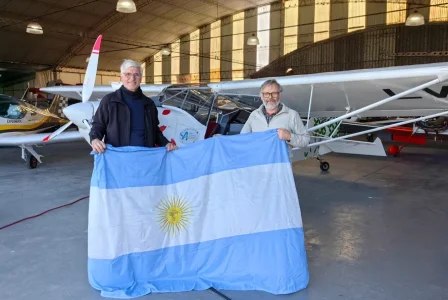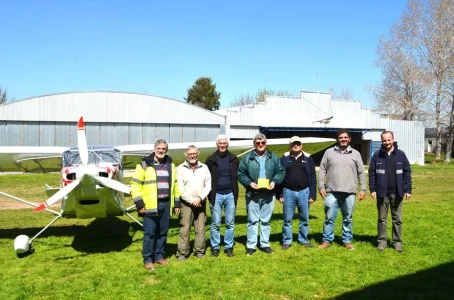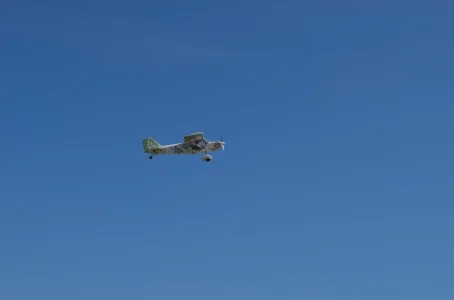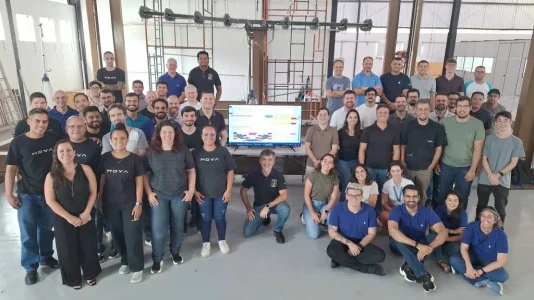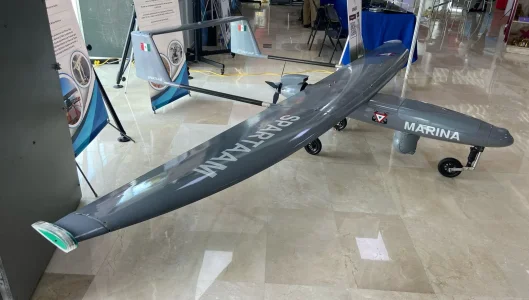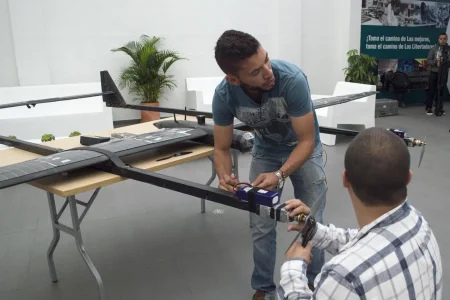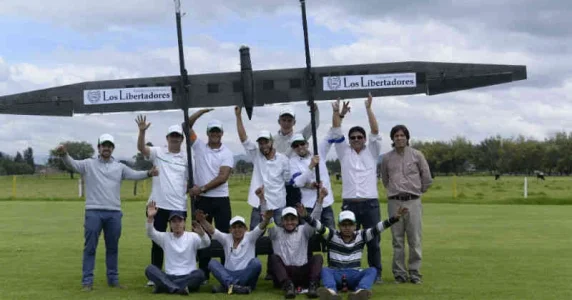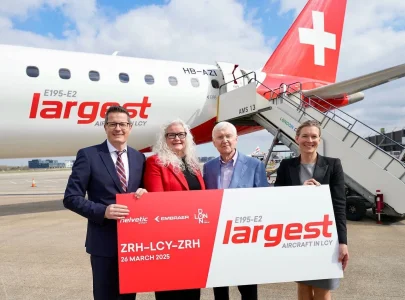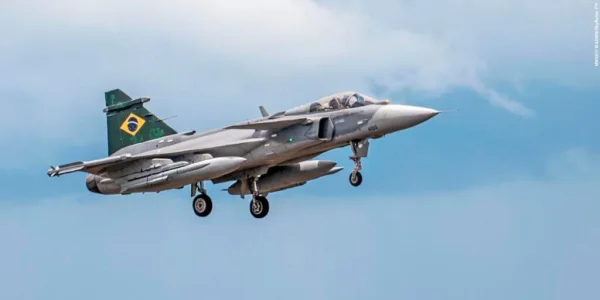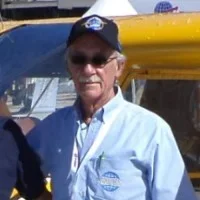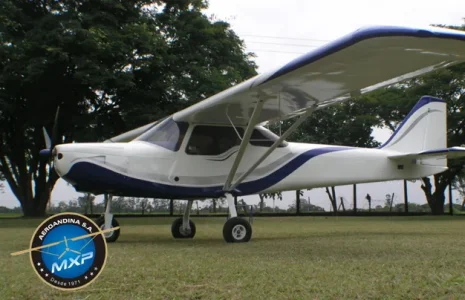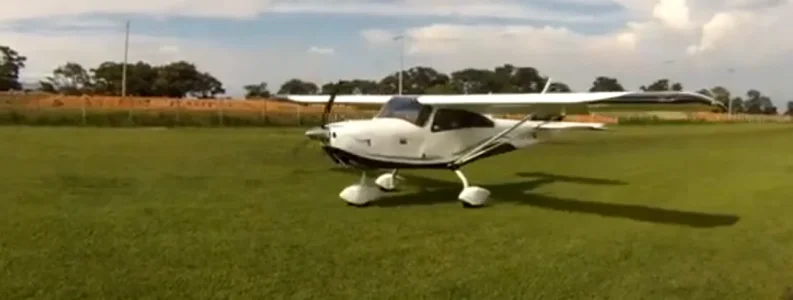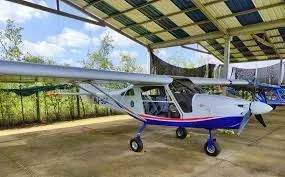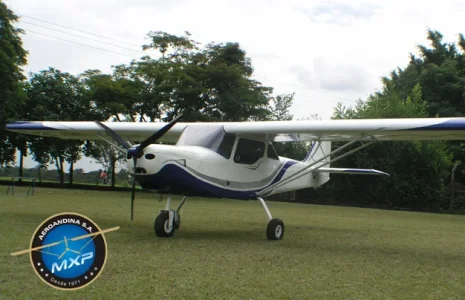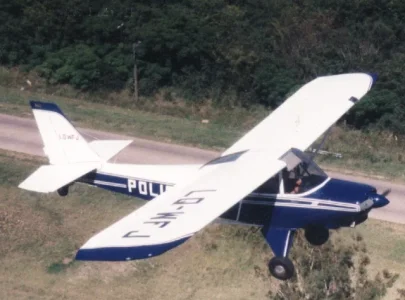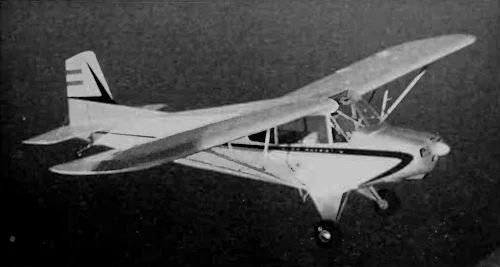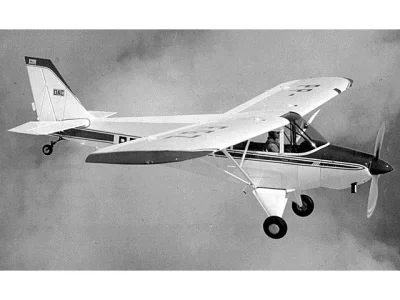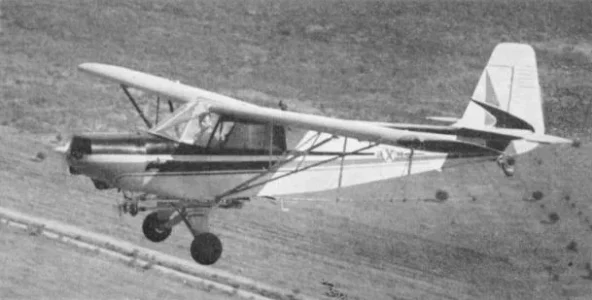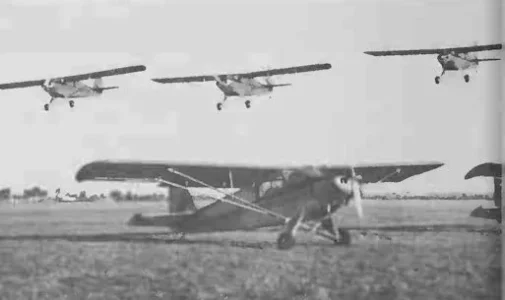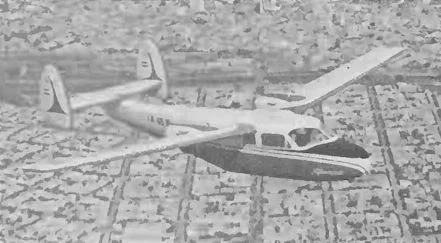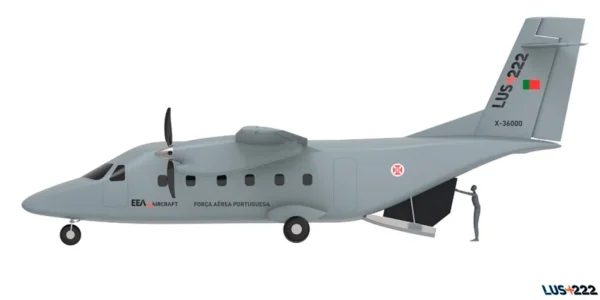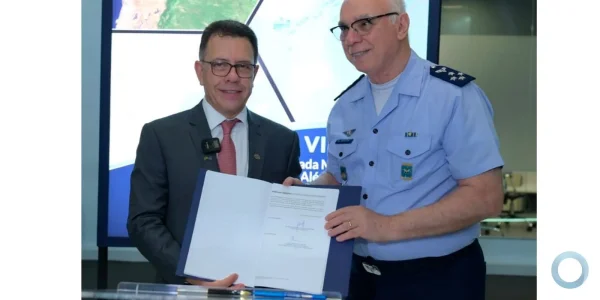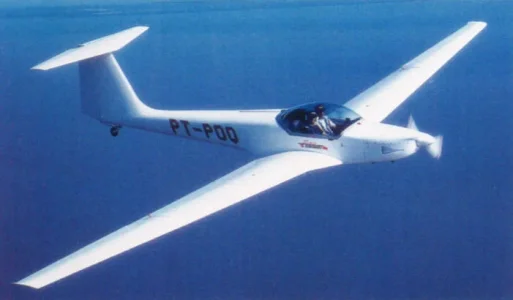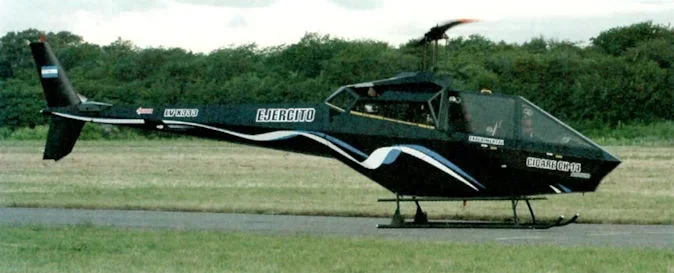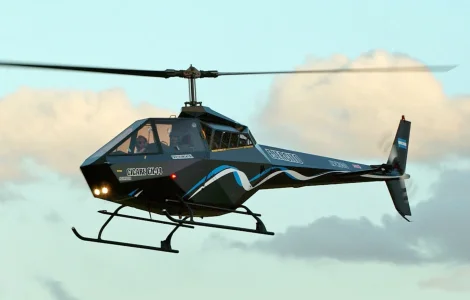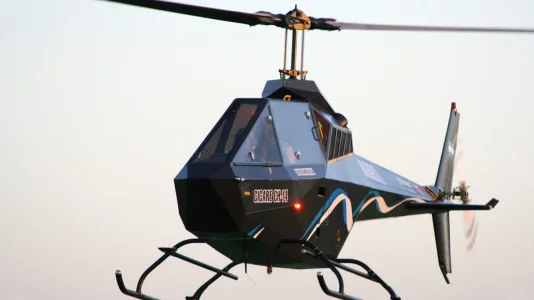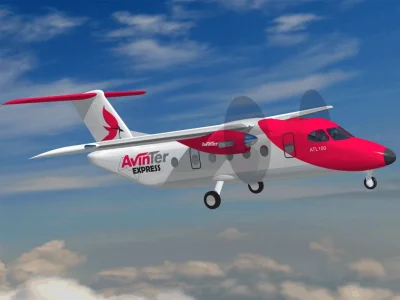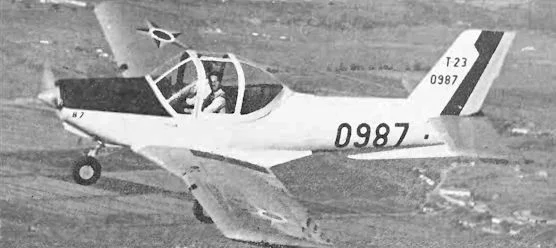DEF at the Argentine Aircraft Factory: Behind the Scenes of Military and Commercial Developments
FAdeA faced rumors of privatization and, ultimately, was not included in the Bases Law. The present of a strategic and highly valuable national company that seeks to manufacture new aircraft and reposition itself in the market with other aeronautical products.
By
Patricia Fernández Mainardi
The personnel at FAdeA, the company in charge of manufacturing the Pampa, is capable of standardizing the fleet of these aircraft, which have already undergone three modernizations. (Photo: Fernando Calzada)
The fact that our country has an aircraft factory (focused on military developments) is no small matter. In fact, very few countries in the world have invested in developing the aeronautical industry.
At a strategic level, Argentina's presence in the Argentine Aircraft Factory (FAdeA) is, for experts on the subject, a luxury. Those most knowledgeable on the subject assure that our factory was a pioneer in the region and achieved the highest level of development during its heyday: it produced the Pulqui aircraft when the world was just beginning to talk about turbines and reactors.
However, FAdeA's future was marked by a lack of investment in the Armed Forces and the country's economic ups and downs, as well as those of the factory (initially state-owned, privatized in the 1990s, and renationalized in 2009).
FAdeA faced rumors of privatization
FAdeA faced rumors of privatization and, ultimately, was not part of the Bases Law. (Photo: Fernando Calzada)
What is its current situation? In this article, DEF's journey through a company based in Córdoba that seeks to position itself in the market and achieve a balance between military products (whose main client is the Argentine Air Force) and civilian products.
FAdeA, one of the few aircraft factories in the world
FAdeA is one of the few aircraft factories in the world with the capacity to design, manufacture, maintain, and modernize aircraft in its facilities.
The inspiring story of the woman in the Air Force who brought the F-16 from Denmark to Argentina
You might be interested in:
The inspiring story of the woman in the Air Force who brought the F-16 from Denmark to Argentina
This is a capability of high strategic value, not only because of the knowledge held in the industry, but also because of the potential the company can offer.
FAdeA's development was marked by the country's economic ups and downs and downs of the factory.
Precisely, around the world, states with this type of industry encourage its development and adopt a policy regarding it. Such is the case with the American (and private) companies Boeing and Lockheed Martin, whose largest contracts are with the state. In fact, and to give an example, there are products, such as the F-22 (one of the most advanced fighter jets in the world), that are not even sold to other countries.
What does FAdeA offer Argentina? Basically, autonomy in military aeronautics. The firm is important when considering the maintenance and design of the Argentine Air Force's aircraft.
Now, in times of crisis and with a view to maintaining that capacity, the goal is to ensure the highest possible profitability for the firm. In other words, to be strategic and competitive at the same time. How is this achieved? As they explain: by generating business and clients outside the state.
The Argentine Aircraft Factory has the capacity to design, manufacture, maintain, and modernize aircraft at its facilities.
The business units of the Argentine Aircraft Factory
At the beginning of 2024, it was said that FAdeA could be one of the state-owned companies with a view to privatization. However, it was not included in the Basic Law.
Currently, FAdeA stands out for certain developments. For example, aircraft production (such as the Pampa or IA 100), maintenance of the C-130 Hercules, manufacturing of parts and aerostructures (such as the production of components for Embraer, a contract arising from a partnership with the Brazilian company to integrate the KC-390 program), and high-level engineering.
Specifically, regarding the last item, FAdeA specified that engineering is the heart of the company because it is transversal to all the processes they carry out. In fact, many of these services are performed for foreign clients.
FAdeA carries out maintenance on C-130 Hercules cargo aircraft.
The details: the facilities have a 1,400-meter runway used to test its aircraft (larger aircraft are supported by the Military Aviation School's runway).
Another key aspect is that FAdeA provides maintenance, repair, and overhaul for the commercial and military aeronautical sectors (services known as commercial MRO and military MRO, respectively).
Finally, one of the keys to having a local aircraft factory is that its work requires that of more than one hundred local suppliers (some also international). In other words, its presence impacts the productive development of the defense and aeronautical industries.
View attachment 763580
The hangars and facilities are located in the city of Córdoba.
(Photos by: Fernando Calzada)
Operational efficiency and profitability: FAdeA's goal
It should be noted that, organically, FAdeA depends on the Ministry of Defense, an agency that is also its main client. In fact, more than 80% of the factory's revenue comes from the Argentine State.
This figure reflects both a strength and a weakness: the company knows it has a key client, but, in turn, the client may decide, due to certain circumstances, to use the funds for another purpose (something that occurred when the Ministry had to use its funds to search for the ARA San Juan submarine).
However, as they explained, the focus at present is on achieving operational efficiency. That is, fulfilling established contracts in a timely manner; improving quality and delivery costs; and, ultimately, ensuring that all of this is profitable.
What is the rationale behind this goal? Stop depending on the factory's main client (the Argentine Air Force) and gain new business and a partner (or strategic partner). It's worth noting that FAdeA already has such alliances, for example, with Embraer.
According to aeronautical industry experts, these goals must take into account that, in this particular field, it is necessary to have a clear vision that looks ahead at least 10 years. Therefore, they are working against the clock to diversify their business portfolio and thus increase revenue.
The bottom line: To achieve these objectives, FAdeA aims to provide solutions to its existing clients, such as Aerolíneas Argentinas, Jetsmart, and Flybondi (companies that, for example, provide painting and maintenance services). This led the company's authorities to seek certification to obtain permits that allow them to perform certain jobs.
The facilities have a runway
The facilities have a 1,400-meter runway that is used to test its aircraft.
Commercial and Military Maintenance
Regarding military aircraft maintenance, FAdeA is responsible for, for example, the Argentine Air Force's C-130 Hercules.
The Argentine Aircraft Factory was responsible for the modernization of these aircraft and is, in turn, one of the six centers authorized (in the world) by Lockheed Martin to perform this type of work.
In the case of modernization work on the Hercules, FAdeA inspects it, evaluates new features, disassembles it, and re-equips it with state-of-the-art technology. What was achieved with the aircraft already delivered to the Force? It extended the aircraft's life by another 20 years.
Why is this development important? Because it prevents the aircraft from becoming obsolete and, in addition, it provides the necessary knowledge to be able to sell this service to other countries.
Regarding commercial maintenance, this type of service began in 2018. In fact, to do so, FAdeA had to open its workshops.
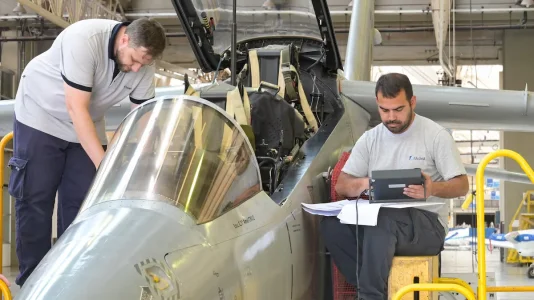
DEF toured the facilities of the Argentine Aircraft Factory (FAdeA). (Photo: Fernando Calzada)
Staff Suspension at FAdeA
While the company is working to secure contracts in the market, it is also moving forward with a restructuring plan that involves suspending some of its employees (those who do not currently have assigned work).
According to sources from Córdoba, there is less work and difficulties in covering expenses abroad, which requires the purchase of materials for the execution of the various contracts.
Why are employees being suspended and not dismissed? Because they are highly specialized. That is, they have very specific and technical knowledge and, in addition, training that is difficult (and expensive) to obtain from scratch.
One of the aspects highlighted by FAdeA staff is that the company had less direct labor (those who work on the planes)
According to the factory staff, they typically produce between 200 and 300 large parts per month: one frame requires a full day of machining, and to give an idea of the work they do in Córdoba, one door requires 12 of those frames.
The factory also has a pavilion dedicated to the production of parachutes (for aircraft seats and troop launches). In fact, the firm currently has a contract with the Argentine Army for the development of this type of device (front-opening).
FAdeA explained that the factory is also one of the few in the world to master composite material, a popular product in aeronautics. This material is characterized by its lightness, strength, and the complex work required.
Therefore, the factory has a controlled environment room that guarantees the presence of minimal particles in the air (clean room) and temperature control.
There, workers are responsible for cutting (using machines) and manipulating the fibers of the material, then advancing it through the molds and the different layers.
Why does the IA 100 promise to revolutionize the local aeronautical market?
At FAdeA, the IA 100 is also being produced—entirely with composite material. The details of this aircraft: the Argentine Aircraft Factory is responsible for its design and manufacture.
In fact, the production of this aircraft involves outsourcing components and parts to local suppliers.
As for the IA 100, FAdeA is currently focused on assembling the first prototype of what will be a training aircraft.
How does it differ from the Pampa? In the IA 100, the instructor and trainee can sit side by side (in the Pampa, they fly one behind the other). It also has the capacity to carry up to four passengers, allowing it to also be considered a liaison aircraft.
"We are in the process of assembling the prototype. We want to validate that the design corresponds to what was manufactured," said FAdeA.
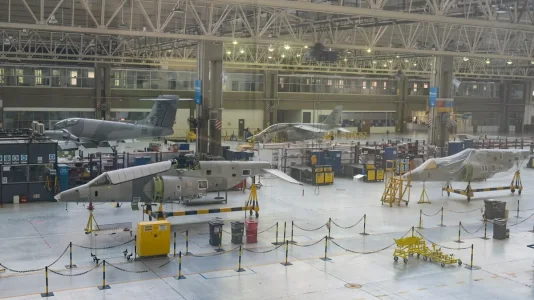
At what stage is the development of the IA-100? It has already reached almost 80% overall completion and has consolidated imp
View attachment 763578ortant milestones in its manufacturing process. Currently, all the primary parts, molds, and tooling necessary for the construction of the aircraft have been produced.
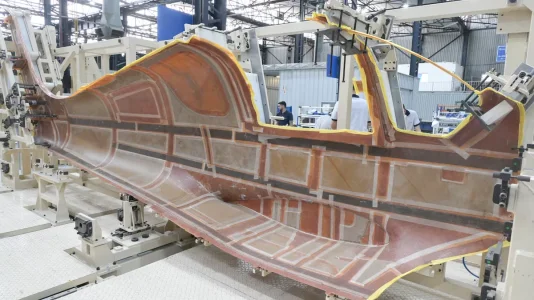
Once the structure is manufactured, final assembly will begin. Then, the main systems (hydraulic, avionics, and propulsion) and essential elements for the aircraft's operational performance will be installed. And finally, its operation will be tested.
The factory explained that, since this aircraft uses composite material without any rivets, the bonding process of each of its parts must be controlled and supervised. Once in flight, the aircraft will perform acrobatic flights. (maneuvers with high G-forces) and will reach a speed of 250 kilometers per hour.
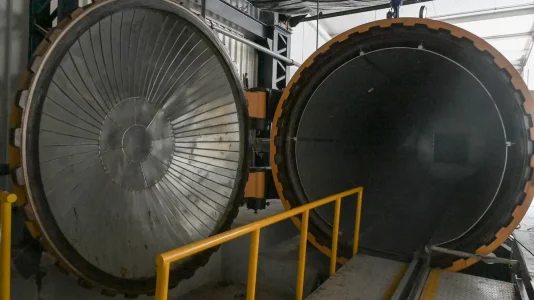
A key aspect of this production is that, in addition to having a significant spillover effect on local suppliers, it is a source of pride for the company. As FAdeA explained, the production process is so intense and complex that the final product is seen as a collective achievement.
This particular aircraft, considering its versatility and features, could be one of the products that FAdeA could sell internationally.
